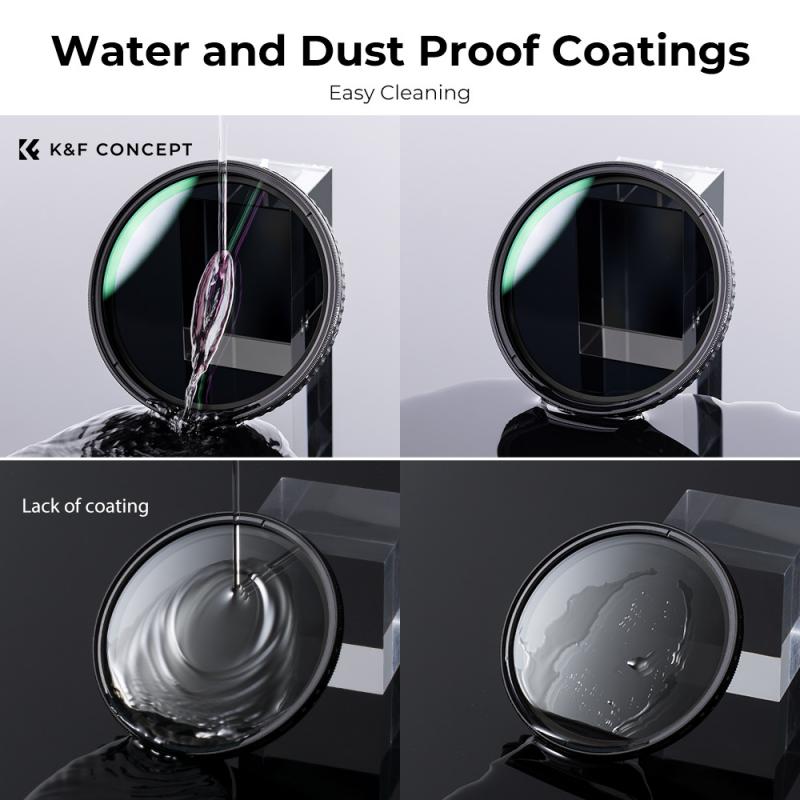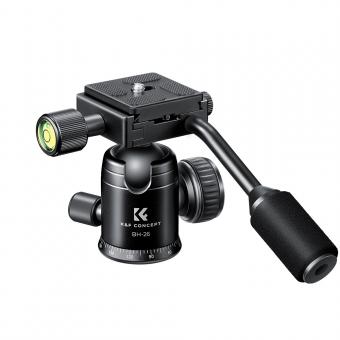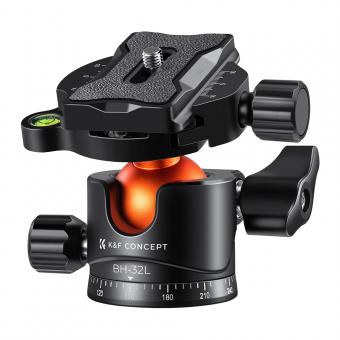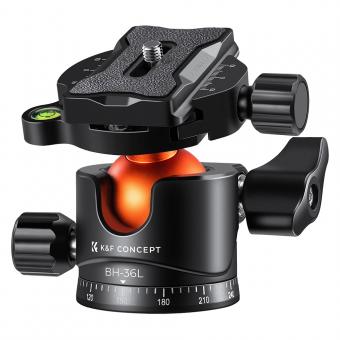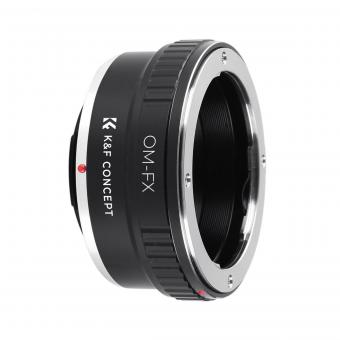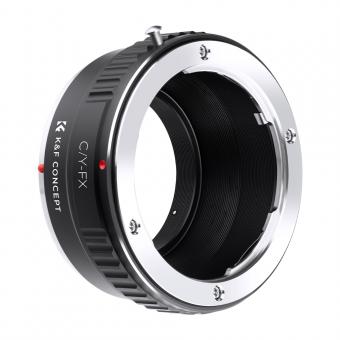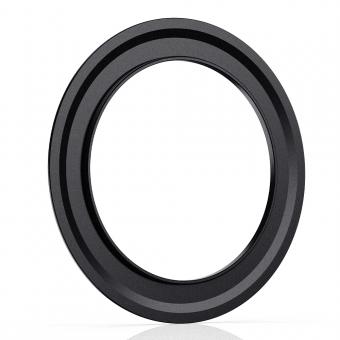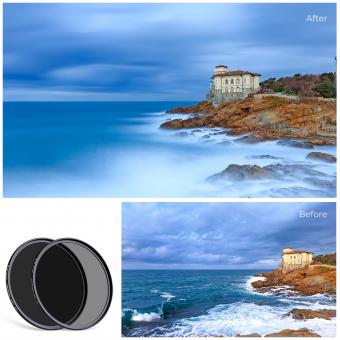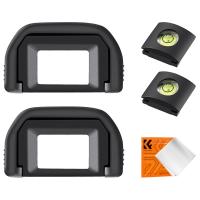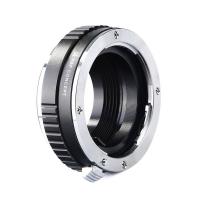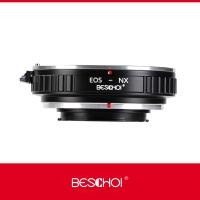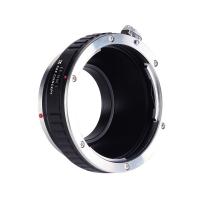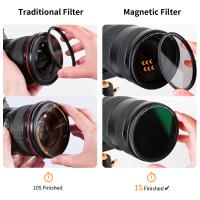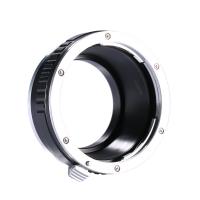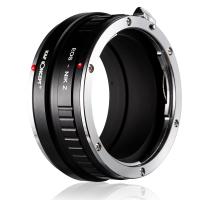How Are Camera Lens Mounts So Strong ?
Camera lens mounts are designed to be strong and durable to ensure the stability and reliability of the lens attachment to the camera body. They are typically made of high-quality materials such as metal alloys or reinforced plastics that can withstand the weight and stress of the lens. The strength of camera lens mounts is achieved through various factors, including the design of the mount itself, the use of precise machining techniques, and the incorporation of locking mechanisms or screws to secure the lens firmly in place. Additionally, lens mounts often have multiple contact points and a tight fit to provide a stable connection between the lens and the camera body, minimizing any potential movement or play. Overall, the strength of camera lens mounts is crucial for maintaining the integrity of the lens-camera interface and ensuring optimal image quality.
1、 Material Composition and Design of Camera Lens Mounts
Camera lens mounts are designed to be strong and durable to ensure the stability and reliability of the lens attachment to the camera body. The strength of camera lens mounts can be attributed to both the material composition and the design of the mounts.
Material composition plays a crucial role in the strength of camera lens mounts. Most lens mounts are made from high-quality metals such as aluminum or magnesium alloys. These materials offer excellent strength-to-weight ratios, making them ideal for withstanding the stresses and strains that occur during lens attachment and usage. Additionally, these metals are known for their corrosion resistance, which helps to maintain the integrity of the lens mount over time.
The design of camera lens mounts also contributes to their strength. Lens mounts are typically designed with a bayonet-style mechanism, which allows for a secure and tight connection between the lens and the camera body. This design ensures that the lens remains firmly attached, even when subjected to vibrations or movements. The bayonet-style mount also provides a larger surface area for contact between the lens and the camera body, distributing the load evenly and reducing the risk of damage.
In recent years, advancements in technology and manufacturing processes have further improved the strength of camera lens mounts. For example, some manufacturers have started using reinforced plastics or carbon fiber composites in lens mount construction. These materials offer high strength and rigidity while being lightweight, contributing to the overall durability of the lens mount.
Overall, the strength of camera lens mounts is a result of the careful selection of materials and the design considerations taken into account during their development. These factors ensure that the lens mount can withstand the demands of professional photography and provide a secure attachment for lenses.

2、 Precision Engineering and Manufacturing Techniques for Lens Mounts
Camera lens mounts are designed to be strong and durable to ensure the stability and reliability of the lens attachment to the camera body. The strength of camera lens mounts can be attributed to precision engineering and advanced manufacturing techniques.
Precision engineering plays a crucial role in the design and construction of lens mounts. The mounts are meticulously engineered to provide a secure and tight fit between the lens and the camera body. This involves precise measurements and tolerances to ensure that the lens is aligned correctly and securely attached. The use of high-quality materials, such as metal alloys, further enhances the strength and durability of the lens mounts.
Manufacturing techniques also contribute to the strength of camera lens mounts. Advanced manufacturing processes, such as CNC machining and injection molding, allow for the creation of intricate and precise components. These techniques ensure that the lens mounts are manufactured to exact specifications, resulting in a strong and reliable connection between the lens and the camera body.
Furthermore, the latest advancements in lens mount technology have introduced additional features to enhance the strength and functionality of camera lens mounts. For example, some lens mounts now incorporate locking mechanisms or additional screws to provide extra stability and prevent accidental detachment. These innovations further reinforce the strength of the lens mounts and ensure a secure attachment between the lens and the camera body.
In conclusion, camera lens mounts are made strong through precision engineering and advanced manufacturing techniques. The meticulous design, high-quality materials, and innovative features all contribute to the strength and durability of lens mounts, ensuring a secure and reliable connection between the lens and the camera body.
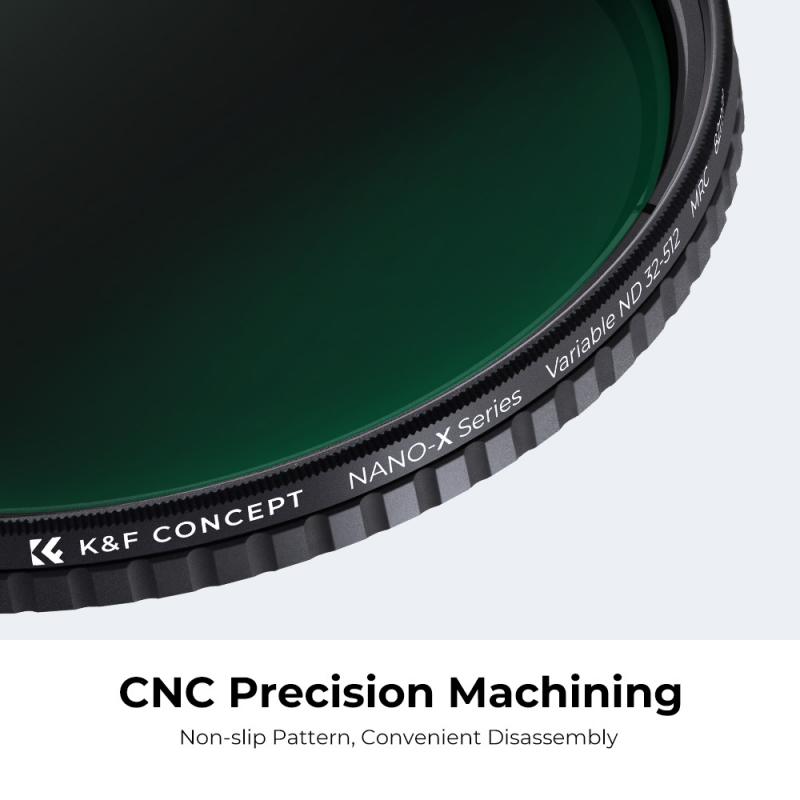
3、 Rigorous Testing and Quality Control Measures for Lens Mounts
Camera lens mounts are designed to be strong and durable to ensure the stability and reliability of the lens attachment to the camera body. The strength of camera lens mounts can be attributed to rigorous testing and quality control measures implemented by manufacturers.
One of the key factors in ensuring the strength of camera lens mounts is the use of high-quality materials. Lens mounts are typically made from metal alloys such as stainless steel or aluminum, which provide excellent strength and resistance to wear and tear. These materials are carefully selected to withstand the forces exerted on the lens mount during regular use.
Manufacturers also subject lens mounts to rigorous testing procedures to ensure their strength and durability. These tests involve simulating various real-world scenarios, such as attaching and detaching lenses repeatedly, applying torque and pressure to the mount, and subjecting it to environmental conditions like temperature and humidity changes. By subjecting lens mounts to these tests, manufacturers can identify any weaknesses or potential issues and make necessary improvements to enhance their strength.
Furthermore, manufacturers employ advanced manufacturing techniques to ensure the precision and reliability of lens mounts. Computer-controlled machining processes and strict quality control measures are implemented to achieve tight tolerances and eliminate any manufacturing defects that could compromise the strength of the mount.
In recent years, with the advent of mirrorless cameras, lens mounts have undergone further advancements. Mirrorless camera systems often feature smaller and lighter bodies, which require lens mounts to be even more robust to support larger and heavier lenses. Manufacturers have responded to this challenge by designing lens mounts with increased strength and stability, utilizing innovative engineering techniques and materials.
In conclusion, camera lens mounts are made strong through a combination of high-quality materials, rigorous testing, and advanced manufacturing techniques. These measures ensure that lens mounts can withstand the demands of professional photography and provide a secure and reliable attachment between the lens and camera body.
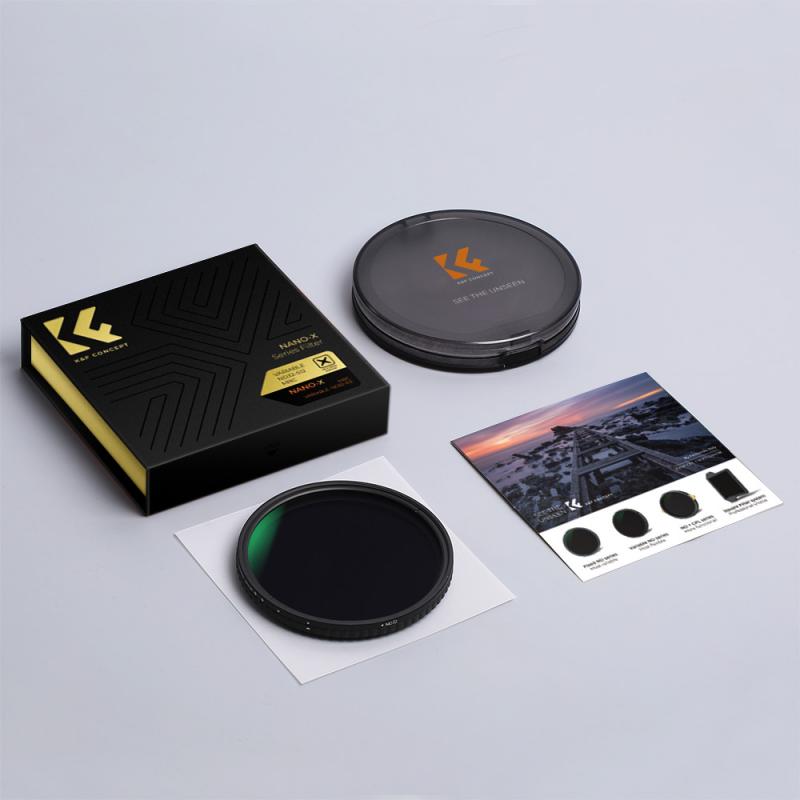
4、 Impact Resistance and Durability of Camera Lens Mounts
Camera lens mounts are designed to be strong and durable to withstand the demands of professional photography and videography. There are several factors that contribute to the strength of camera lens mounts, including impact resistance and durability.
One of the key reasons why camera lens mounts are so strong is the materials used in their construction. Most lens mounts are made from high-quality metals such as brass or stainless steel. These materials are known for their strength and ability to withstand heavy use and impact. Additionally, the mounts are often coated with protective finishes to further enhance their durability.
Another factor that contributes to the strength of camera lens mounts is the design and engineering behind them. Lens mounts are meticulously designed to ensure a secure and tight fit between the lens and the camera body. This design not only helps to prevent any movement or play between the lens and the camera, but also adds to the overall strength and stability of the mount.
Furthermore, camera lens mounts undergo rigorous testing and quality control measures to ensure their durability. Manufacturers subject the mounts to various stress tests, including impact tests, to simulate real-world conditions and ensure that they can withstand accidental drops or impacts without breaking or becoming loose.
In recent years, advancements in technology and manufacturing processes have further improved the strength and durability of camera lens mounts. For example, some manufacturers are now using advanced alloys and composite materials to create mounts that are even stronger and lighter than traditional metal mounts.
Overall, camera lens mounts are designed to be strong and durable to withstand the demands of professional photography. Through the use of high-quality materials, meticulous design, and rigorous testing, manufacturers continue to improve the impact resistance and durability of camera lens mounts.
